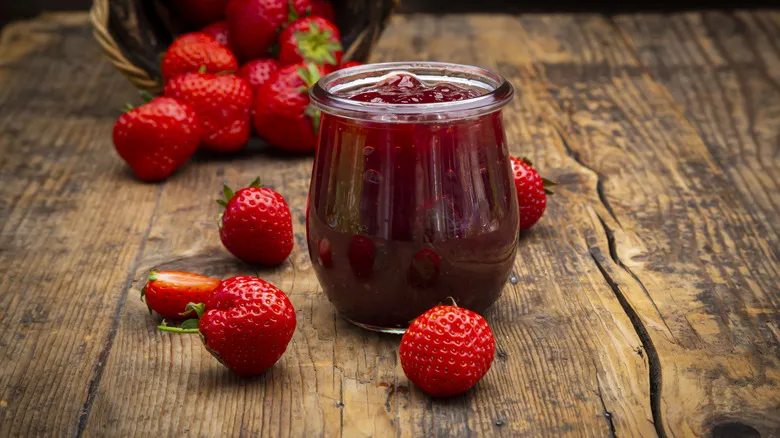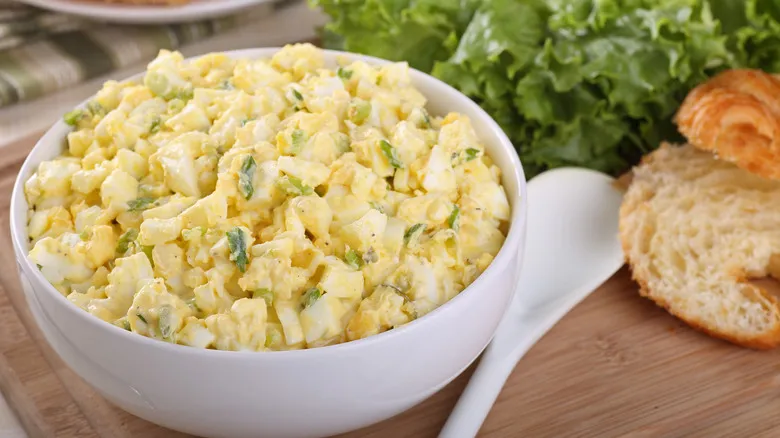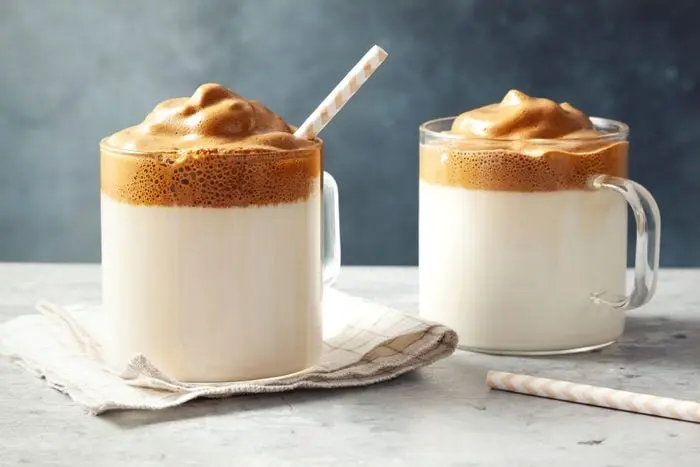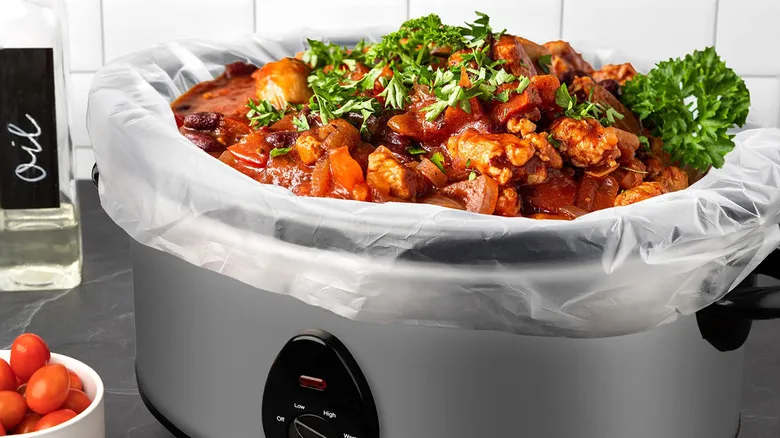What is jam?
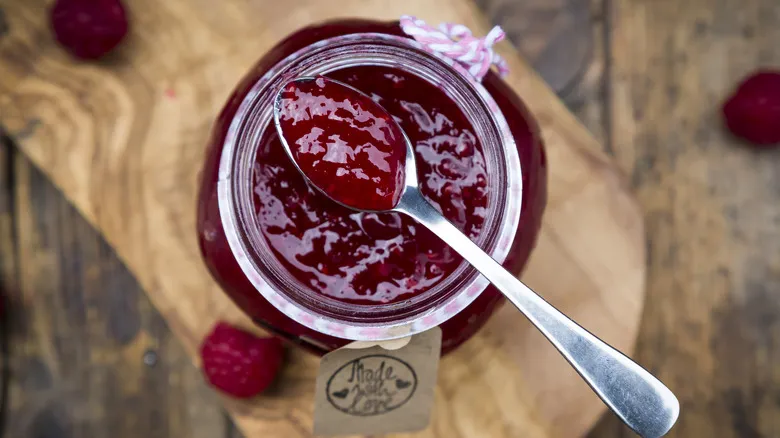
Among the three delicious toast toppings being discussed, jam is likely the oldest. The earliest known jam recipe appeared in a cookbook written in the 4th century A.D. by the Roman culinary expert Marcus Gavius Apicius. In his work, titled "De Re Coquinaria" (The Art of Cooking), Apicius featured a recipe for quince jam sweetened with honey. The Romans favored quinces for jam-making due to their high natural pectin content, which made them easy to transform into a spreadable delight. While they may not have understood the concept of pectin, they likely observed that quinces gelled more readily than other fruits.
When comparing jam and jelly, the primary distinction lies in the presence of fruit pieces. In jam preparation, fruit is crushed or pureed before being combined with sugar and pectin, then cooked down until it reaches a thick, dense consistency. The abundance of fruit pieces gives jam its opaque appearance, and the cooking process often results in a darker hue. For example, lemony yellow peaches can yield an amber-colored jam, while vibrant fuchsia raspberries turn a deep garnet shade when cooked with sugar.
While most jams are fruit-based and quite sweet, savory jams are becoming increasingly popular among adventurous eaters. For instance, onion and bacon jam blends the expected flavors of bacon and sweet Vidalia onions with brown sugar and balsamic vinegar, creating a spread that can elevate your egg-and-cheese sandwich to new heights. Some people also enjoy mixing fruit with spicy peppers or herbs for a unique twist.
What is jelly?
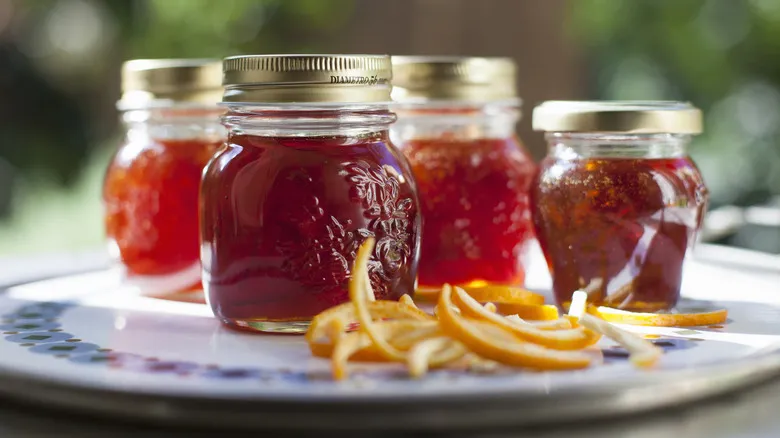
Jelly is the only one of these three fruity delights that lacks any actual fruit pieces. Instead, it is created by combining fruit juice with sugar and pectin, then heating the mixture until it starts to thicken. As it cools, it becomes even thicker, resulting in a jiggly yet firm consistency that spreads smoothly on toast or delicate mixed berry scones. Sometimes, jelly is set with gelatin, which likely contributes to its name. Vegans should carefully check labels when buying jelly to ensure it aligns with their dietary preferences.
While you can certainly use store-bought fruit juice to make jelly, it is typically prepared by first cooking down fresh fruit to extract maximum flavor, liquid, and natural pectin. The juice is then strained to eliminate any solids before being transformed into jelly. You can store your homemade jelly in an airtight container in the refrigerator or process it in mason jars for cupboard storage. Just remember to label the lid with the date, as home-canned goods usually last about a year.
One of the greatest aspects of jelly is its versatility. While fruit-flavored jellies are the most common, you can also create jelly from a diverse range of edible flowers and herbs. Mint jelly is a traditional accompaniment for lamb, but you can also experiment with lavender, honeysuckle, or chamomile jelly to elevate your morning toast. Rose jelly, in particular, makes a lovely gift for friends and family.
What are preserves?
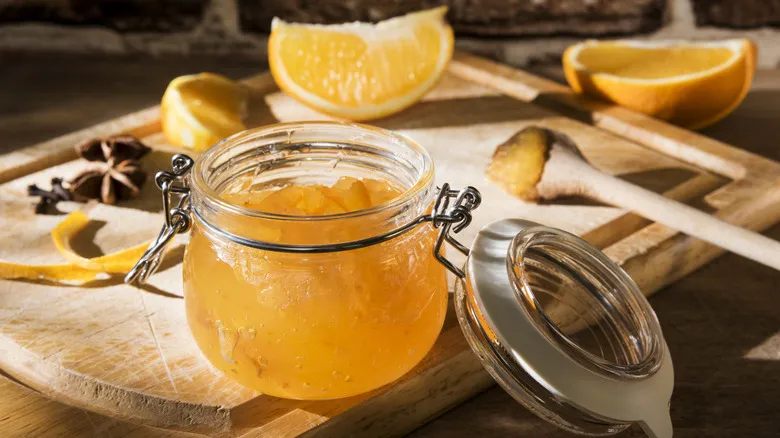
Preserves are similar to some of the earliest forms of jams and other fruit preserves. They contain a higher fruit content than both jam and jelly, with little to no added pectin. Unlike jam, the fruit in preserves is not crushed or blended; instead, small fruits like blueberries or raspberries are kept whole, while larger fruits, such as apples, are roughly chopped into larger chunks. As a result, preserves have a chunkier texture compared to the smoothness of jelly or jam.
The whole fruits or fruit pieces are simmered with water or fruit juice until they become tender, then cooked down with sugar or honey until the mixture starts to gel and thicken. As they cool, preserves continue to thicken, resulting in a rich, sweet, and syrupy blend. If you prefer to omit added sugar, you can achieve a similar consistency by using more fruit juice instead. These types of preserves are known as spoon fruits, which tend to be less sweet but offer a more concentrated fruit flavor.
Another variety of preserves you might recognize is marmalade, which is made solely from citrus fruits. Marmalades utilize the entire fruit, including the pulp, pith, and rind. Because citrus fruits are naturally high in pectin, this results in a thick, chewy spread that is both sweet and pleasantly tart. While orange marmalade is the most common, you can also make it with lemons, limes, grapefruits, or kumquats.
Similarities and differences (in triplicate)
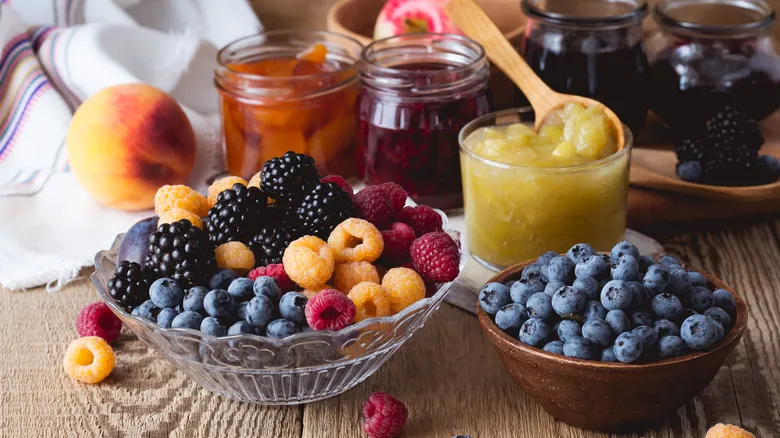
When examining these three types of fruit spreads, the similarities among them become quite apparent. Each can be crafted from nearly any fruit or a mix of fruits. They serve as an excellent means of preserving fruit gathered during the warmer months, allowing you to savor the flavors of spring or summer even in the coldest winter. Additionally, all three have ancient roots, originating from food preservation techniques and recipes utilized in the ancient world.
The processes for creating jams, jellies, and preserves are quite alike. Each recipe begins with fruit that is cooked down, mixed with a sweetener (and occasionally pectin), and then reduced to achieve a thick, appealing consistency. However, this is where many of their similarities diverge: jellies are strained to extract the juice, while jams and preserves retain the fruit pieces during the reduction process.
Among the three, jellies boast the smoothest texture, while preserves are the chunkiest, with jams providing a middle ground in terms of texture. Although all three are delightful on various breakfast pastries, their distinct textures lend themselves to different uses. For example, jellies are perfect for sweetening tea or glazing warm loaf cakes, while jams work well in sandwiches and as fillings for layer cakes. Preserves are particularly popular on cheese boards, as the larger fruit pieces pair beautifully with robust cheeses and savory crackers.
Recommended
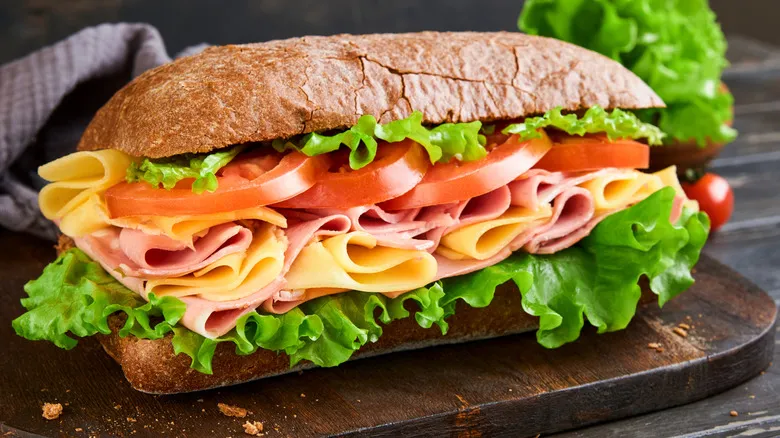
Build A Better Sandwich By Seasoning Your Layers
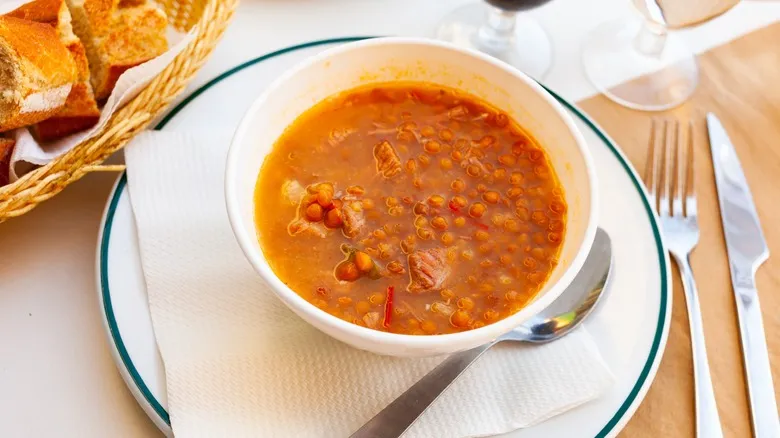
Salt Pork Is Your Secret Ingredient For Better Soups And Stews
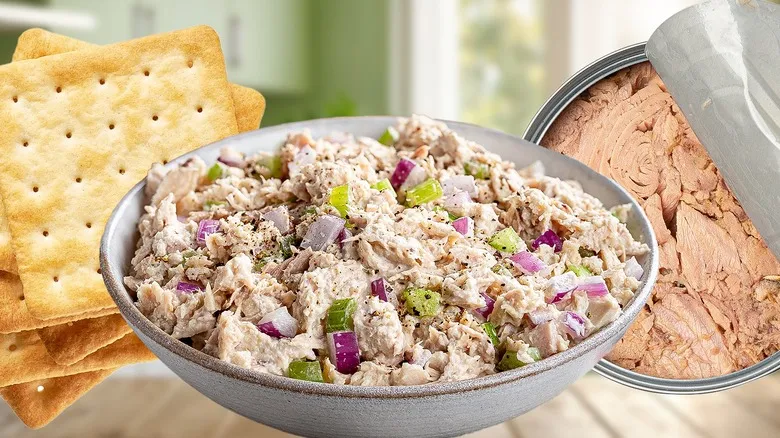
Please Stop Making These 12 Common Mistakes With Your Tuna Salad
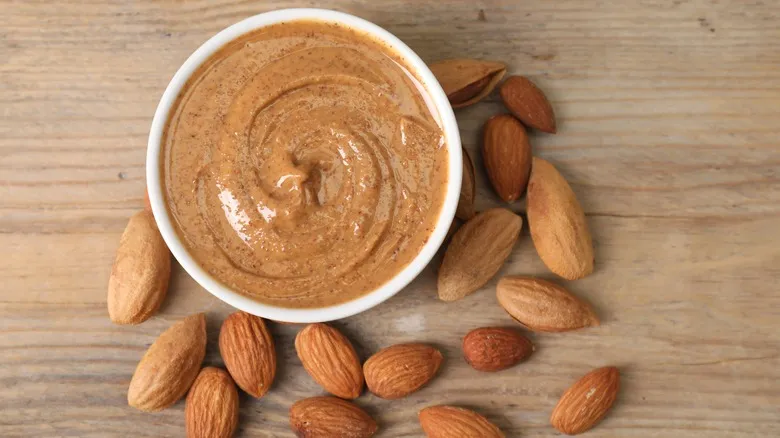
For A Perfectly Thick Smoothie, Just Add A Nut Butter
Next up

